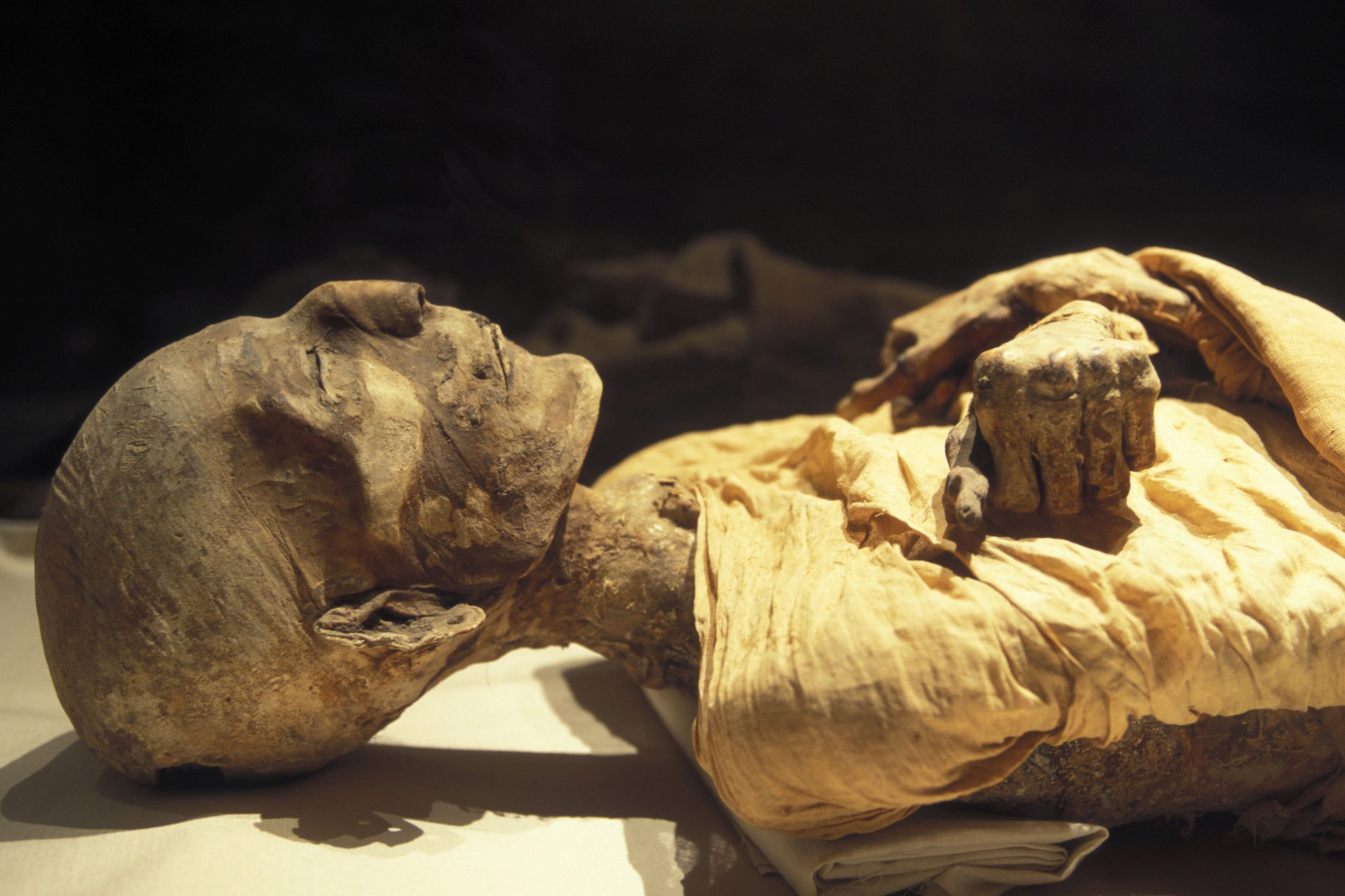From the mummy of King Tutankhamen to the mummy of Poland’s King Casimir IV, scholars have long puzzled over the curse of mummies. But now scientists have been able to identify the reason why Mami’s curse happened.
According to scientists, the mummy’s curse is not a supernatural phenomenon. It is said that the excavation of the ancient tombs where the mummies were buried suddenly died not because of the curse of the mummies but because of a kind of fungus growing inside the ancient tombs.
A fungus called Aspergillus flavus often thrives in ancient tombs. This fungus is very small and can enter the lungs when inhaled, causing pneumonia.
The legend of the curse of the mummy first became famous when the tomb of the Egyptian king Tutankhamun was excavated.
About 100 years ago, researchers discovered the tomb of King Tutankhamun, which had been sealed for centuries. In the early days, many people who entered this tomb gradually died.
When a university professor compared the death rates of those who entered the cave and those who did not, he found that the death rate was higher among those who entered the cave. Since this time, the curse of Mami has become popular among people.
Regarding this university professor’s comparison, scholars of late have pointed out that it was calculated based on incomplete data. When recalculated with more complete data, there was no significant difference in mortality between the two groups.
In 1973, the tomb where the mummified remains of Poland’s King Casimir IV were found was discovered. When 10 of the 12 people who entered the cave died within a few months, there was an outcry among the public.
The Polish government sent experts to investigate the matter. A microbiologist was also involved in this.
According to his investigation, he found a large number of Aspergillus flavus fungi in this tomb. This virus infects the human lungs and has the ability to spread throughout the body.
According to subsequent research, this fungus can ‘sleep’ without dying for hundreds of years. A fungus that sleeps for hundreds of years is able to survive without affecting its ability to transmit disease. So it is clear that people who enter the tombs can be infected.
In the past few days, the remains of mummies excavated in Mexico have been exhibited in a traveling museum around the country. In this exhibition, mummies were placed in glass coffins. At this time, many medical scientists protested that the Aspergillus flavus virus released from these mummies could spread to people and cause serious infectious diseases.
There are many people who do not accept the theory that those who entered the tomb of King Tutankhamun died because of this cockroach. Most of them still believe in the curse of King Tutankhamun to this day.



